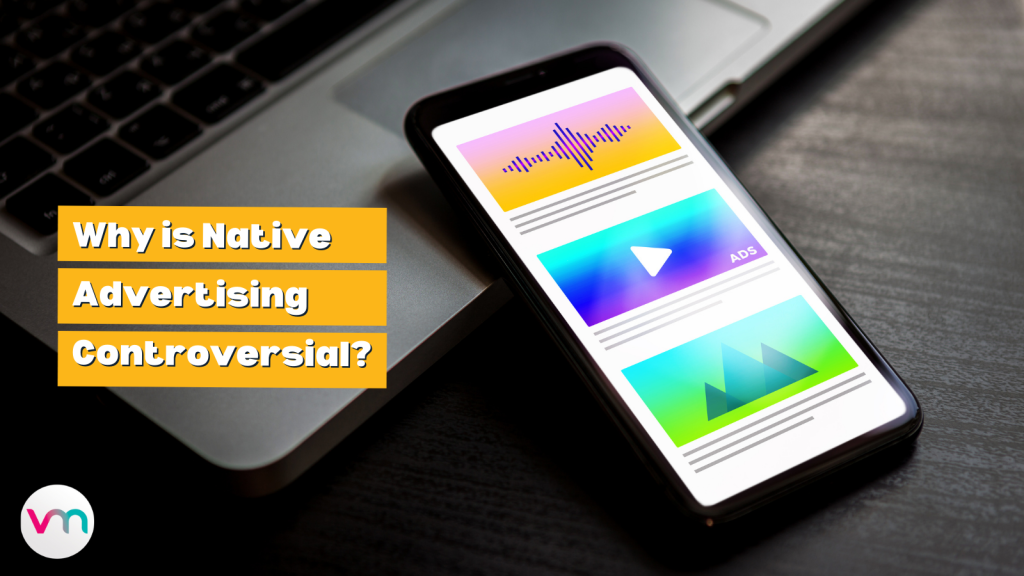
If the dream is to ‘sell’ to people without them feeling sold to then how often does native advertising leave users feeling like they’ve been had?
The dream is to introduce target audiences to valuable content which genuinely engages them while raising awareness for the products and services promoted.
This is precisely what native advertising aims for
So, what’s the issue? There has been a lot of criticism lately around the fact that users read what they think is simple information, an article or blog post perhaps, only to discover it is, in fact, an advert. When done right, however, native advertising can be extremely satisfying for all parties involved.
Let’s dig a bit deeper and find out how…
What is Native Advertising?
Native Advertising is one of those things that you know it when you see it but can be a little challenging to define.
Some experts will explain native advertising as a form of communication so interconnected to its context that readers cannot tell it is advertising.
The Native Advertising Institute, on the other hand, states that “native advertising needs to be valuable content of a non-interruptive nature – which is typically not the case with in-stream advertising.”
The definition they provide is: “paid advertising where the ad matches the form, feel and function of the content of the media on which it appears.”
How Does Native Advertising Work?
The average consumer is exposed to up to 10,000 brand messages every day! This incredibly high figure would also explain the reason behind users tuning out of ads on a regular basis. People scroll past banner ads because they become a blur… just something that comes between them and the content they are trying to consume.
Experiencing ads in a relevant context
Native advertising, however, forms part of the experience and it involves users in a more engaging way- making the interaction more meaningful.
Native stats
Native Ads influence purchase decisions more subconsciously since the advertising message is woven into the content in a relevant context.
Specifically, native ads generally have:
- 2x more engagement than banner ads
- 18% higher purchase intent compared to banner ads
- 53% more chances of being viewed compared to than banner ads
Is Native Advertising Ethical?
If the content is clearly labelled as an advertisement, then the answer is ‘yes’.
Even though the ad may look like a regular article or video, if a native ad is properly presented as an ad with text that states “advertisement” or something along those lines, you’ll know that it has been placed in that context intentionally.
It’s easy to get started. We can help you achieve ads that are beautiful in a brand safe environment in less than 24 hours.
Don’t fall behind on the latest native & contextual news- check out our blog









